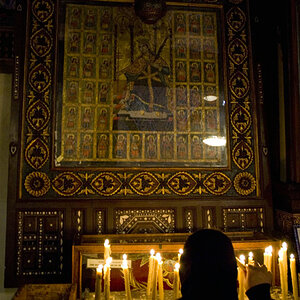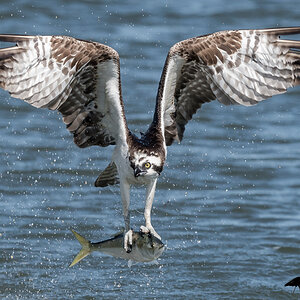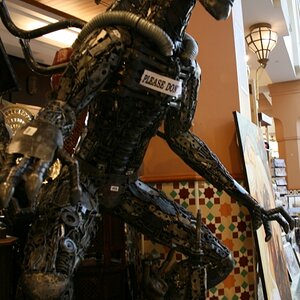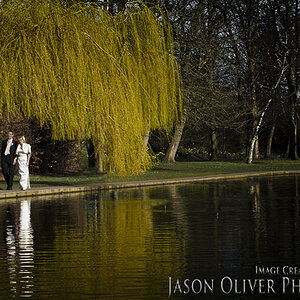FeatherMonkey
TPF Noob!
- Joined
- Feb 19, 2015
- Messages
- 74
- Reaction score
- 11
- Can others edit my Photos
- Photos OK to edit
As title really have a Canon 600d think it's the T3i rebel on the otherside of the pond. So what is the maximum iso I should push? For example were I to print, I guess digital would be down to display size?


![[No title]](/data/xfmg/thumbnail/37/37487-ad3e64cc240e01884ca21a4f8e500b26.jpg?1619738111)
![[No title]](/data/xfmg/thumbnail/32/32929-22e23acc63d6ecb25e5ee941be87121f.jpg?1619735758)
![[No title]](/data/xfmg/thumbnail/33/33875-e155733428c9a8d5f34bbc19e80e29a6.jpg?1619736181)
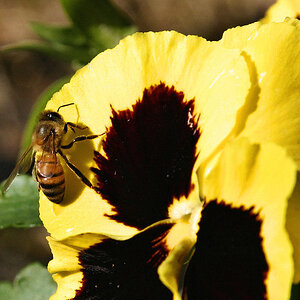
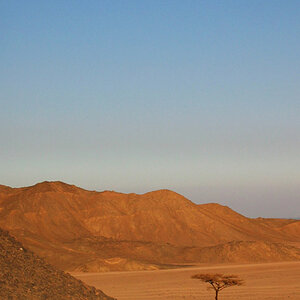
![[No title]](/data/xfmg/thumbnail/37/37490-9848752f4de5e403f7f20db193e0fb64.jpg?1619738111)
